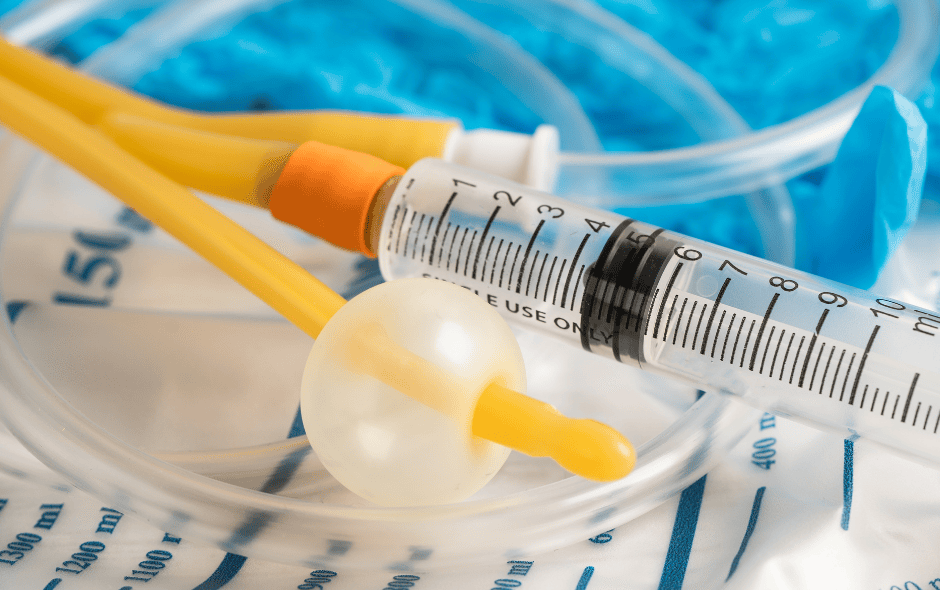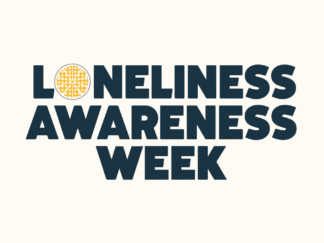
Here at Homecarers Care Services, we provide care to over 800 service users, all with different care needs and support requirements – one thing that we support with is catheter care. This helps make urinating easier for those who are disabled or bedbound, and are unable to use the toilet naturally.
What is a catheter and how does it work?
Urinary catheters are systems which are used to allow both men and women to urinate and empty the bladder, collecting urine in a drainage bag. They can either be inserted through the tube that carries urine out of the bladder (urethral) or through a small opening located in your lower abdomen (suprapubic).
There are 2 main types that are most commonly used for patients and service users:
- Intermittent – these are used as a temporary measure, and are removed once the bladder is empty.
- Indwelling – these are a more permanent measure, often kept in for days or weeks. These types of catheters are held in place by an inflated balloon in the bladder.
Whilst indwelling catheters are most commonly used for convenience purposes, they are more likely to cause infection.
When are they used?
There are a number of different reasons why catheters are used:
- When there is an obstruction (e.g: prostate enlargement) which stops urine from draining out of the bladder.
- When bladder weakness or nerve damage is present, affecting urination.
- After an epidural during childbirth.
- To help drain the bladder before, during or after surgery.
- To deliver medication straight to the bladder (e.g: during chemotherapy).
- For urinary incontinence when all other options have been exhausted.
What are the risks?
The main risk of having a catheter, whether this is intermittent or indwelling, is developing a urinary tract infection (UTI). These can be treated with antibiotics, but are often extremely uncomfortable and are caused when the drainage bag is not changed quick enough, causing the urine to go back up the drainage tube.
Other risks and side effects include:
- Bladder spasms
- Leakages
- Blockages
- Damage to the urethra.
For more information about the risks, please visit the NHS website here.
How can I help support someone (or myself) using a catheter?
Trained professionals involved in the individual’s care plan (such as nurses, doctors, support workers and care assistants) should be the only individuals who should be changing the individual’s catheter.
Supporting myself
If you are using a catheter, you will be told exactly how to look after it if you need to change it yourself, and will be given the necessary supplies, as well as where to go should you need any more supplies. For more information on self-catheterisation, please visit the Bladder and Bowel Community website here.
Supporting others
Based on the different type of catheter the patient or service user has, there are different ways in which you can look after the individual:
Intermittent
These should only be used once and then thrown away – empty the drainage bag at regular intervals throughout the day, or when the patient feels as though they need to use the toilet.
Indwelling
Indwelling catheters should be emptied when around 3/4 full, and should avoid reaching full capacity to avoid the contraction of a UTI. Drainage bags can be emptied directly into the toilet using the valve at the bottom of the bag. Larger drainage bags should also be used at night when the bag may not be able to be emptied for a longer period of time. Whilst leg bags and valves should be replaced every 7 days, catheters themselves should be fully removed and replaced every 3 months to avoid infection.
Avoiding risk of infection
If you are a professional providing care to an individual with a catheter in place, you must always ensure you are doing the following to reduce the risk of infection, such as a UTI:
- Wash the skin around the catheter entrance with mild soap and water every day.
- Always wash your hands before touching any equipment.
- Keep the patient or service user hydrated – aim for a pale colour in the urine.
- Encourage eating high fibre foods (e.g: fruit and vegetables) to avoid constipation.
- Smooth out any kinks and bends in the catheter to ensure there is a consistent flow of urine, and the bags are kept below the level of the bladder.
Here at Homecarers Care Services, we train all of our care staff on how to change and replace drainage bags for catheters, as well as risks and infection control to ensure all of our service users are not at risk of infection. For more information about the services that we provide, please visit our ‘Services’ page.
Further information
Catheters and Catheter care
For more information about catheters and catheter care, please visit the NHS website here.
Social Media
To keep up to date with important topics like this, please visit our socials by clicking the links below.
Liverpool
Cheshire
Our partners





























